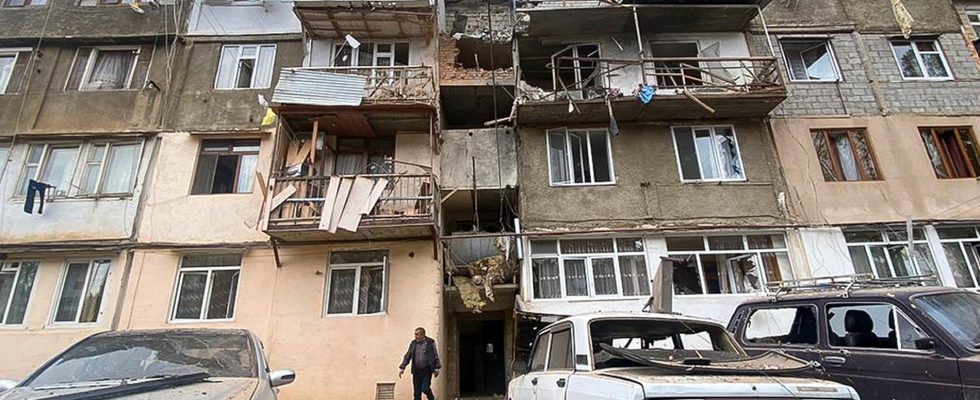Negotiations on developments in Nagorno-Karabakh continue on Saturday. Arms transfers from Armenians in the region are expected to continue throughout the weekend following the agreement reached with Azerbaijan.
The first weapons were handed over on Friday evening, according to information from Russia. This after a cease-fire agreement was reached following the Azerbaijani blitzkrieg that began on Tuesday.
Civilians in the regional capital Stepanakert were hiding in basements on Friday, fearing attacks by Azerbaijani soldiers, a spokesman for the separatist groups said. According to the information, Azerbaijan’s forces had then camped on the outskirts of the city.
An AFP reporter on the ground reported a lack of food, water, medicine and fuel for the population in the area.
Armenian rebels in Nagorno-Karabakh, which is geographically inside Azerbaijan, laid down their arms on Wednesday after a lightning offensive by the Azerbaijani military. The offensive had then led to tens of thousands of ethnic Armenians being cut off from electricity and other basic necessities in the area.
Internationally, pressure has mounted on Azerbaijan to reopen the only road leading to Armenia, the five-kilometer-wide Latjin Corridor, so that supplies and people can move to and from Nagorno-Karabakh
The future of the area is still unclear. The latest news is that Armenia and Azerbaijan will continue to negotiate.
FACTS Easy conflict in Nagorno-Karabakh
Nagorno-Karabakh is a mountainous region in the South Caucasus that lies within Azerbaijan’s borders, but is effectively a breakaway region under the wing of Armenia, with a predominantly Armenian population.
The area has been at the center of a decades-long territorial conflict between the countries and two wars have been fought over the area.
In August and September 2020, thousands of combatants were killed over six weeks. Russia then brokered a cease-fire agreement, which saw Armenia cede parts of territory it had controlled for decades, while Russia deployed peacekeeping forces manning the five-kilometer-wide Latjin Corridor to ensure free passage between Armenia and Nagorno -Karabakh.
In late June, deadly fighting erupted in the long-disputed region. The parties regularly accuse each other of breaking the ceasefire that is supposed to prevail in the region.
Baku and Yerevan have been trying to negotiate a peace deal with the help of the EU and the US, whose diplomatic involvement in the Caucasus has irked Russia.
Read more
